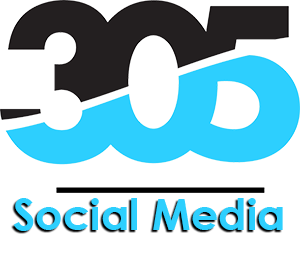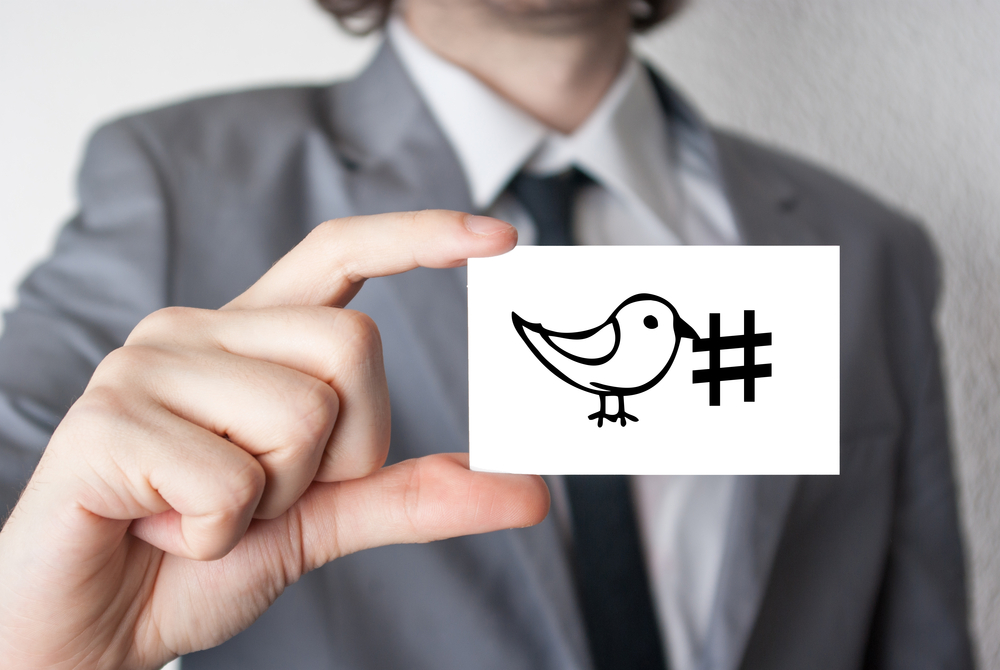Hashtags or is it a pound sign?
In today’s digital age, social media platforms have become an integral part of our daily lives. Among the various tools that enhance our online interactions, hashtags stand out as a powerful way to categorize and discover content. But for some, the humble hashtag might still be a bit of a mystery, often mistaken for the “pound sign” on old telephone keypads. This blog aims to demystify hashtags, explain their importance, and show how they can be effectively used to boost your social media presence.
The Evolution of the Hashtag
The hashtag, symbolized by the “#” sign, first appeared on Twitter in 2007, introduced by Chris Messina as a way to group related posts. Over time, its use has spread across various platforms, including Instagram, Facebook, LinkedIn, and TikTok. Hashtags help users find content related to specific topics, making it easier to join conversations and discover new information. For businesses, they are a crucial tool for increasing visibility, engagement, and reach.
Why Hashtags Matter
Hashtags serve several vital functions. They categorize content, making it easier for users to find posts related to their interests. For example, if you’re interested in fitness, searching for or following hashtags like #FitnessMotivation or #WorkoutTips will show you a plethora of relevant posts. For businesses, using popular hashtags can place your content in front of a larger audience, potentially attracting new followers and customers.
Moreover, hashtags can boost engagement. Posts with at least one hashtag receive more interaction than those without. This increased engagement can lead to higher visibility on social media feeds, further amplifying your message. Hashtags also facilitate participation in trending topics and events, allowing your content to be part of broader conversations.
Using Hashtags Effectively
While hashtags are powerful, using them effectively requires strategy. Here are some tips:
- Relevance: Ensure your hashtags are relevant to the content you’re posting. Irrelevant hashtags can confuse or annoy your audience.
- Research: Use tools like Hashtagify or RiteTag to find popular and trending hashtags related to your niche.
- Balance: Use a mix of popular and niche hashtags. Popular hashtags can give you immediate visibility, while niche hashtags can connect you with a more targeted audience.
- Limit: Avoid overloading your posts with hashtags. While Instagram allows up to 30 hashtags per post, studies suggest that using around 9-11 is optimal for engagement.
As social media strategist Kim Garst once said, “Content is king, but engagement is queen, and the lady rules the house!” This quote highlights the importance of engagement in social media strategy. Just like in a household, where harmony and interaction keep things running smoothly, engagement is crucial in maintaining a vibrant and active online presence. Hashtags are one of the tools that can foster this engagement, helping your content connect with a wider audience.
In conclusion, hashtags are more than just a trend; they are a fundamental aspect of social media communication. By categorizing content, increasing visibility, and fostering engagement, they play a crucial role in any effective social media strategy. Understanding how to use hashtags effectively can significantly enhance your online presence and connect you with your target audience.
Ready to take your social media game to the next level? Start incorporating hashtags into your posts today and watch your engagement grow! For personalized advice and strategies tailored to your business, contact Wilson Alvarez at Miami Business. Let’s make your content discoverable and engaging.

